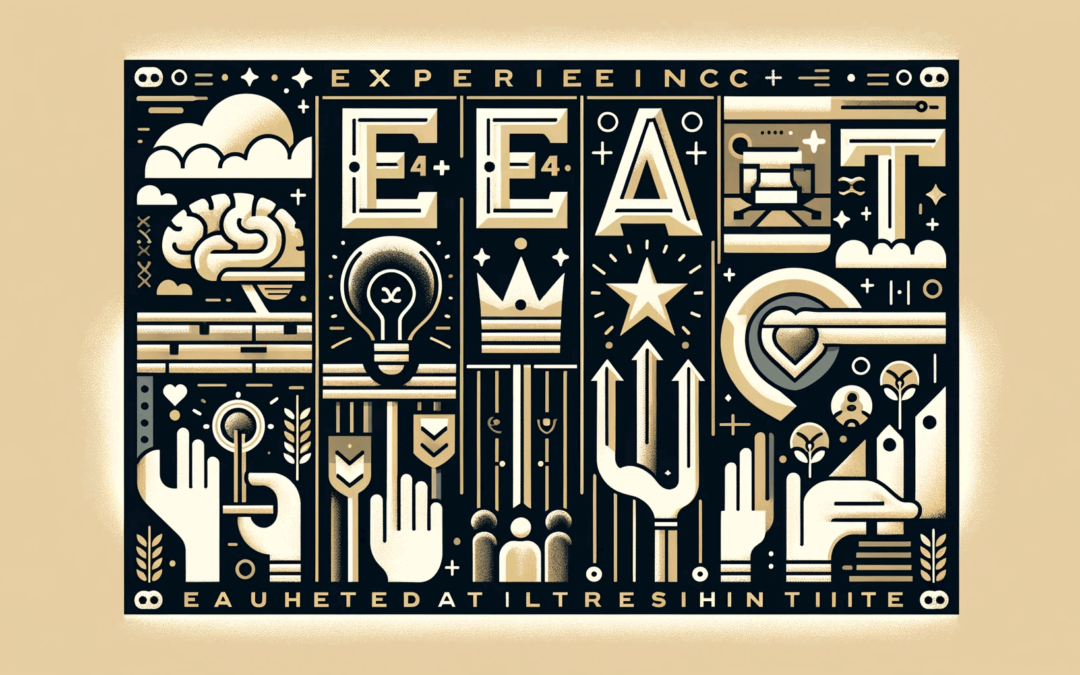Establishing Credibility in Your Content: A Guide to Demonstrating E-E-A-T
Showcasing E-E-A-T, which stands for Experience, Expertise, Authoritativeness, and Trustworthiness, is essential for creating content that resonates with your audience and establishes credibility, especially in sectors where quality and reliability of information are crucial.
Here’s how you can effectively incorporate these elements into your content:
Experience
- Share Personal Narratives: When applicable, share your own experiences related to the topic. This personal touch can make your content more relatable and engaging.
- Highlight Case Studies: Use real-life examples or case studies to illustrate points. This not only shows your involvement in the field but also provides practical insights into the application of information or theories.
Expertise
- Present Well-Researched Content: Ensure your content is backed by thorough research from credible sources. Cite studies, statistics, and publications from reputable institutions to support your claims.
- Demonstrate Technical Know-How: Use your knowledge to explain complex concepts in simple terms. Providing in-depth analysis or step-by-step guides showcases your understanding of the subject matter.
Authoritativeness
- Show Credentials: Mention any relevant qualifications, certifications, or professional affiliations that contribute to your authority on the topic.
- Build a Professional Profile: Engage with your audience through various platforms. Guest blogging, participating in podcasts, or speaking at conferences can enhance your reputation as an authority in your field.
Trustworthiness
- Maintain Transparency: Be open about your sources of information and the limitations of your knowledge. Disclosing potential conflicts of interest builds trust with your audience.
- Encourage Feedback: Allow and respond to comments. Constructive dialogue can enhance the trustworthiness of your content by showing that you value your audience’s perspective.

Implementation in Content Creation
- Introduction: Start with an engaging introduction that outlines what the reader can expect to learn. Incorporating a brief mention of your experience or expertise on the topic sets a strong foundation for E-E-A-T.
- Main Body:
- Use Subheadings: Organize content under H2 headers to make it easily navigable. Each section should aim to build on your expertise and authority by presenting detailed information, analysis, or advice.
- Incorporate Examples: Refer to your own experiences or widely recognized case studies to illustrate points more vividly.
- Link to Reputable Sources: When citing facts, figures, or other information, link to reputable sources. This not only supports your argument but also allows readers to explore topics further.
- Conclusion: Summarize the key takeaways of your article. Reiterate how your experience and expertise provide a unique perspective on the topic. Invite readers to share their thoughts or questions, demonstrating openness and a willingness to engage.
- Engage Post-Publication: Monitor comments and feedback on your content. Engaging with your audience post-publication not only builds trust but also provides opportunities to clarify complex points and share additional insights.

















